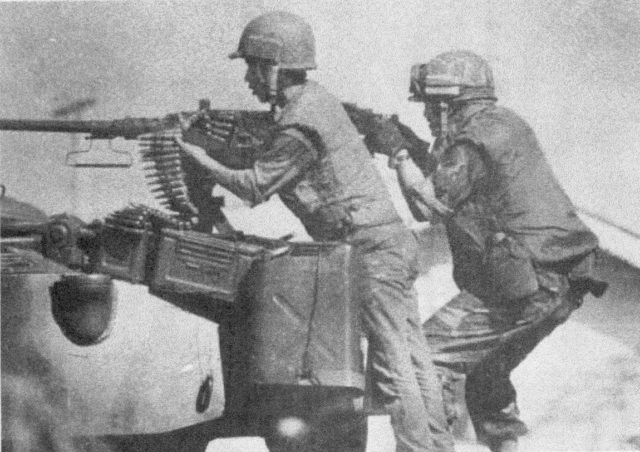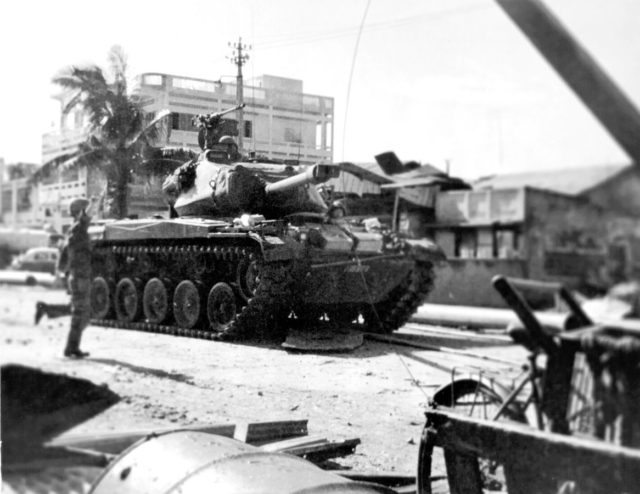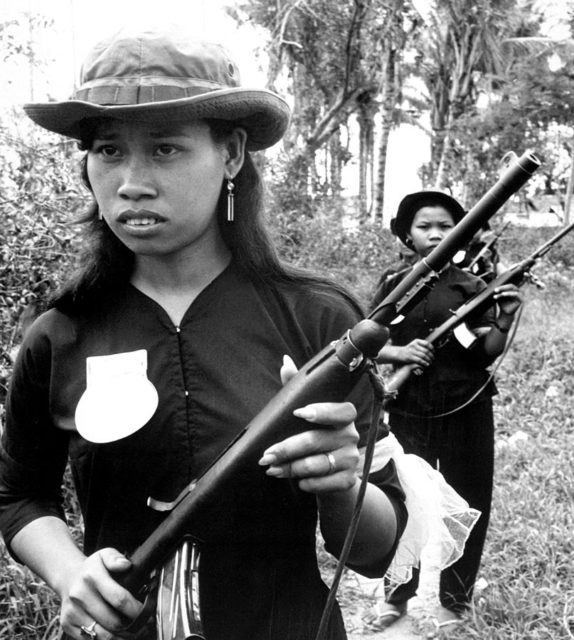April 30th, 1975, was the day that South Vietnamese veterans of the Vietnam War lost their country. That’s the day the North Vietnamese finally won the long battle that saw over a million Vietnamese people lose their lives.
Al Chi Hoang and others like him, though, found that the fight was not over yet. In 1954, he had left North Vietnam with his family to escape the communist regime; they walked to South Vietnam and to peace. But Hoang, at the time a 19-year-old law student, was conscripted into the South Vietnamese army and trained for 10 months.

“The war was terrible then, in the early 70s,” he told SBS News. “As a soldier I was sent to the 18th division infantry and that was in direct fighting. In 1972, it was the final step of the Vietnam War and it came to a very, very high intensity. I was maybe 20-years old and I was put on a chopper and went directly into the battle. The first battle I was in was Alloc, which was a very big battle. It was one of the biggest battles in Vietnam.”
Associate Professor Nathalie Nguyen of Monash University said that the South Vietnamese soldiers struggled against the Viet Cong soldiers of the north. The northern troops were being supplied and trained by the Chinese and Soviets in what was essentially a proxy war between the communist countries and the democratic ones.

Professor Nguyen has written a book about the war called South Vietnamese Soldiers: Memories of the Vietnam War and After. “More than 250,000 South Vietnamese soldiers died during the war,” she told SBS News. “I felt the South Vietnamese soldiers were very much forgotten.”
She said that the exact number of South Vietnamese veterans who came to Australia are unknown. The best guess is about 15,000. “The oldest veteran I spoke to was born in 1917 and he had fought in WWII in North Africa for the French,” Dr. Nguyen said.
“The youngest veteran was born in 1955. There were a lot of kids in the war – a lot of veterans were only 17 when they joined the army. Quite a few veterans not only volunteered to serve but volunteered to serve in the elite units like the rangers and the airborne divisions, which had the highest death rate.”

Hoang said fighting against the well-equipped North Vietnamese army was like fighting “with one hand tied behind the back” after the Americans and Australians pulled out in 1972. America also failed to fulfill its promises to provide military aid and support to the South Vietnamese.
“During the 70s there was a lot of opposition from the anti-war movement in Australia and in the U.S., but as South Vietnamese, we follow our elders,” he said. “They sacrificed for their country so we did the same.”
Today, there are still many South Vietnamese veterans who believe strongly in what they fought for more than 40 years ago. “They were proud to serve their country,” Nguyen said. She added that at the end of the war South Vietnamese soldiers not only lost their country but their freedom, imprisoned in “bamboo gulags”, or re-education camps, for years.